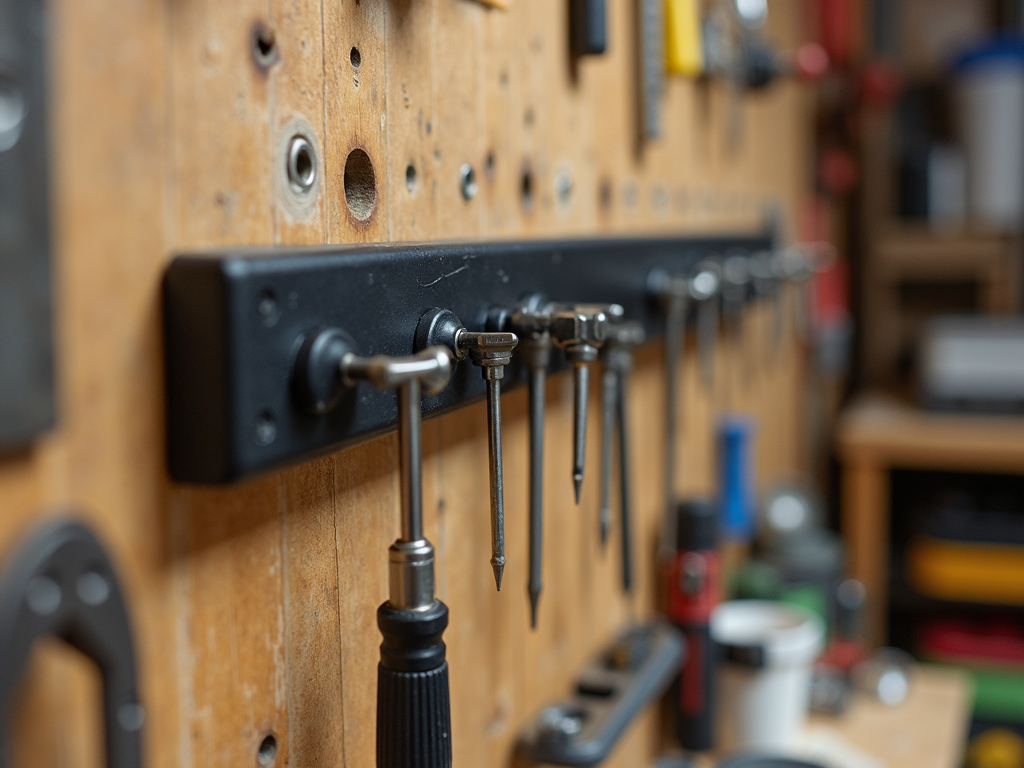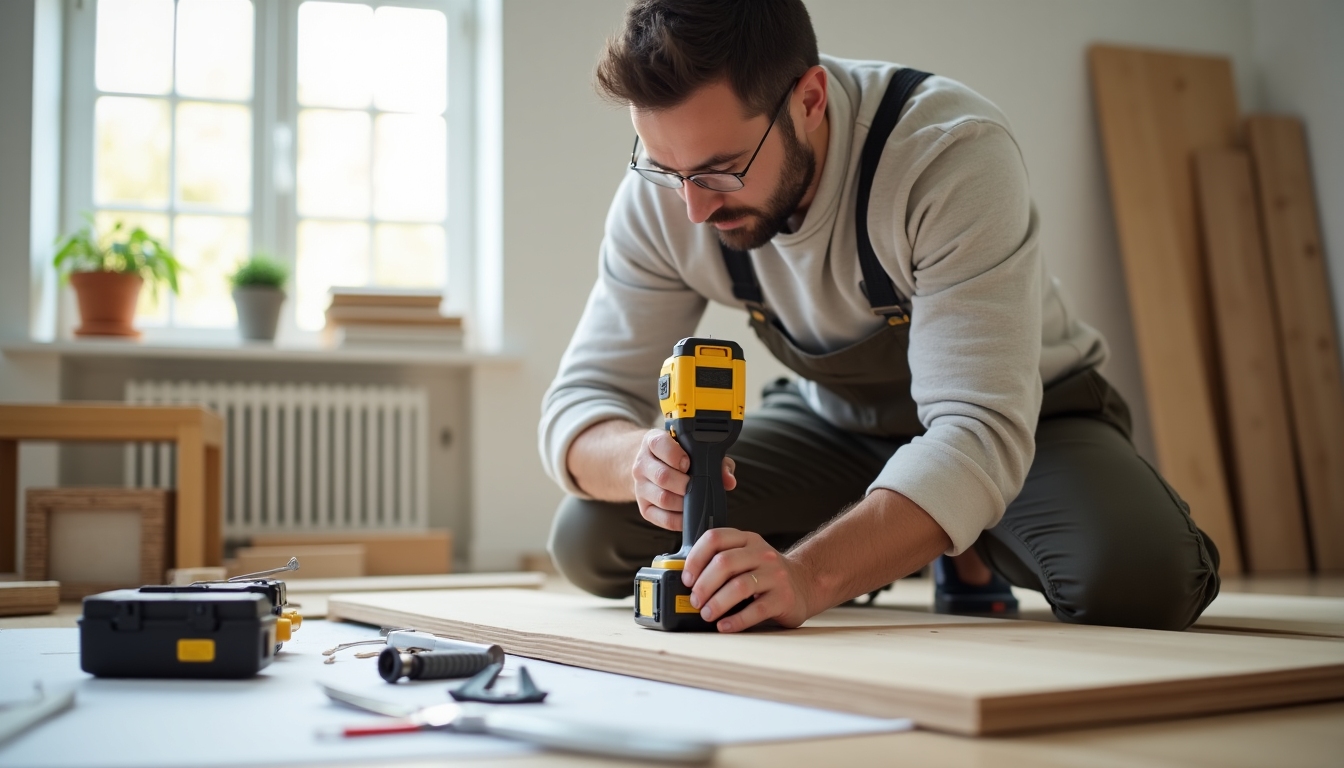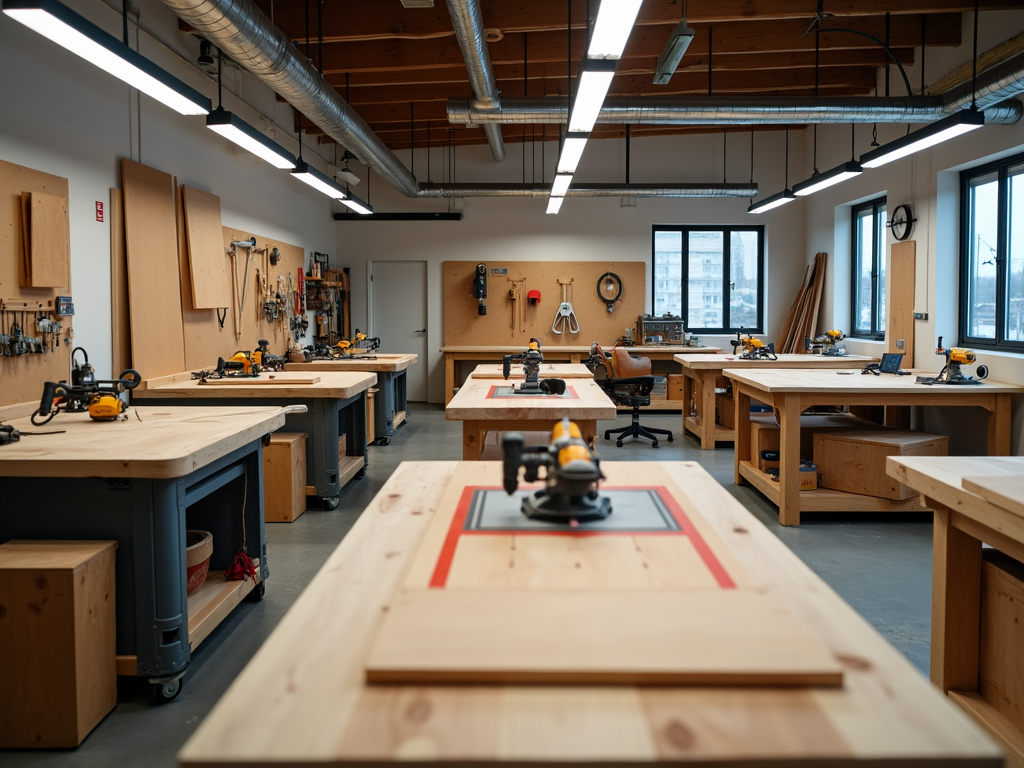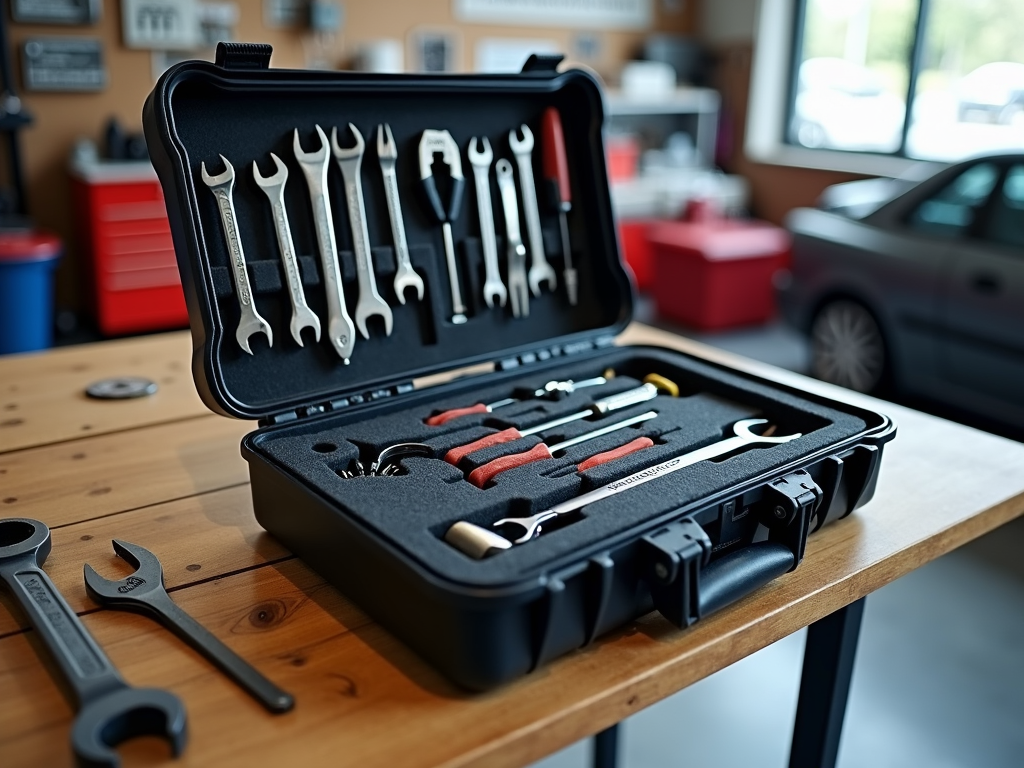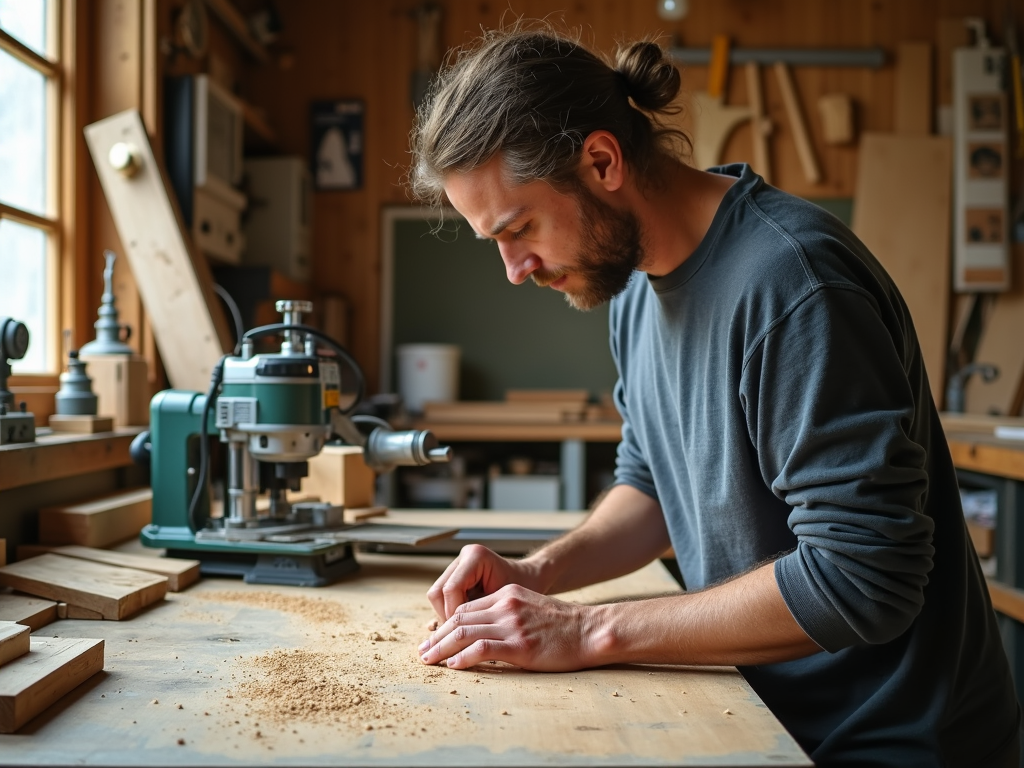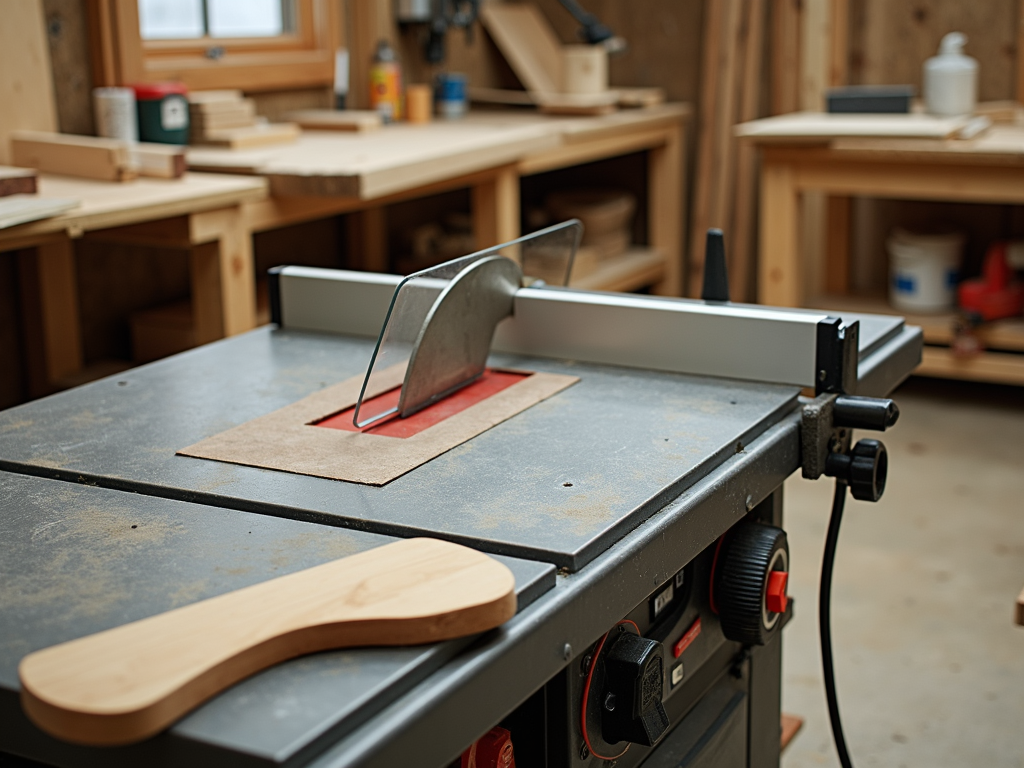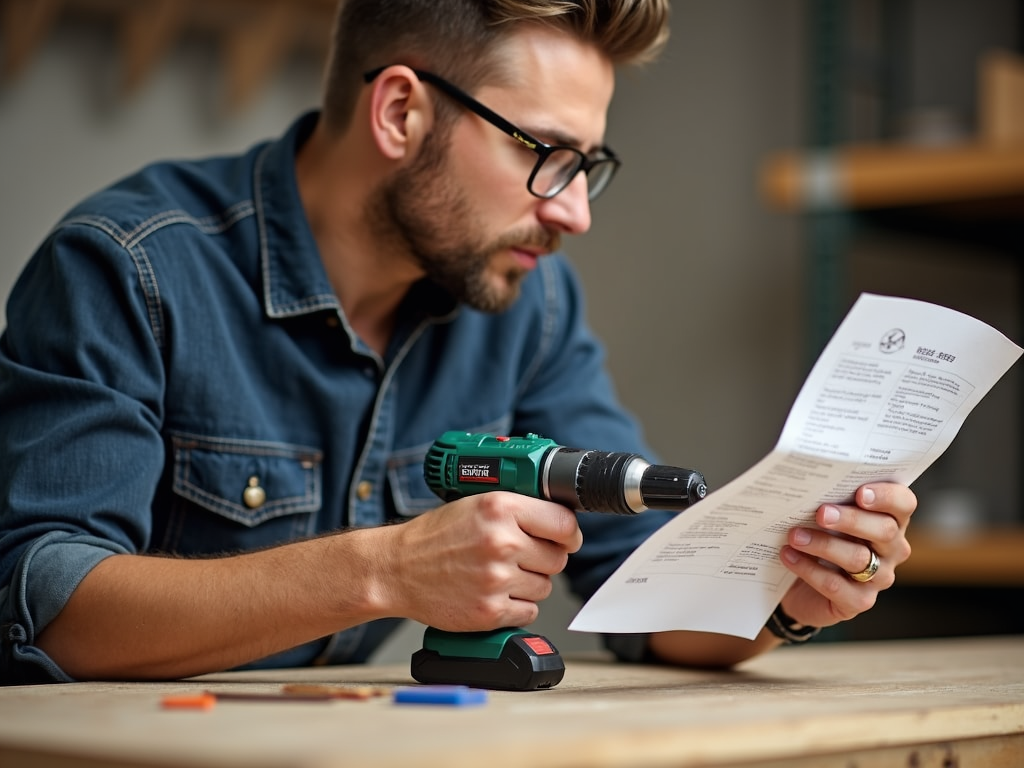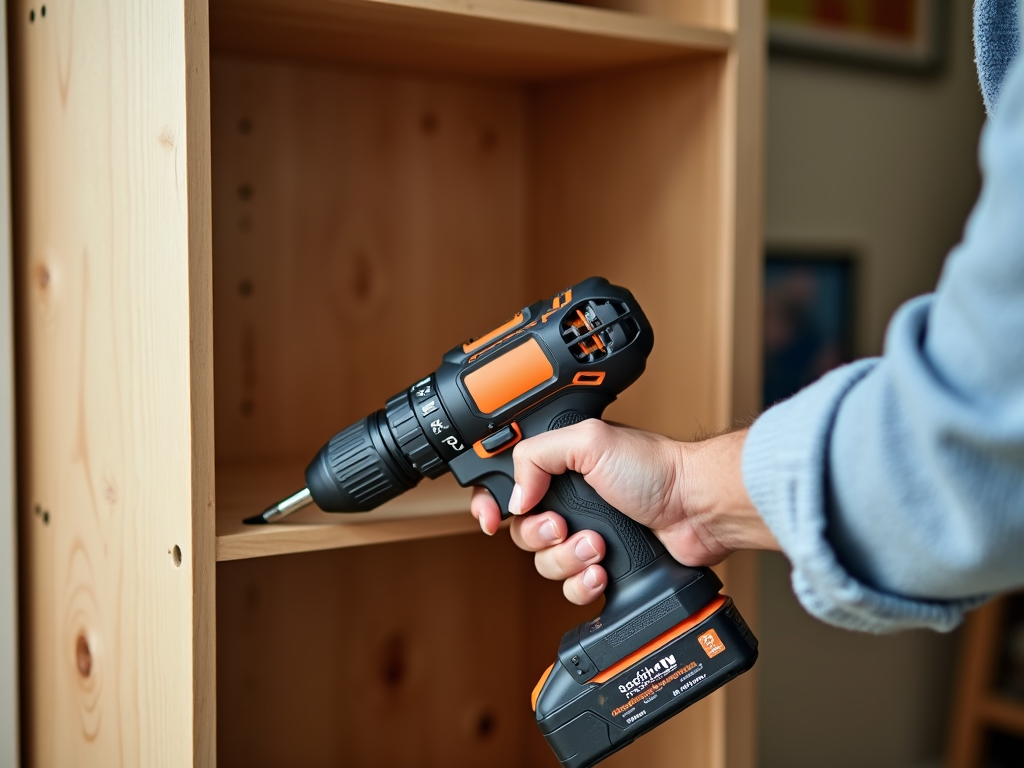A well-organized workshop does more than just look good—it boosts your productivity and makes every project easier. Whether you’re a hobbyist or a pro, organizing your workshop by maximizing space and efficiency can turn chaos into a space where creativity flows. Let’s dive into how you can make it happen.
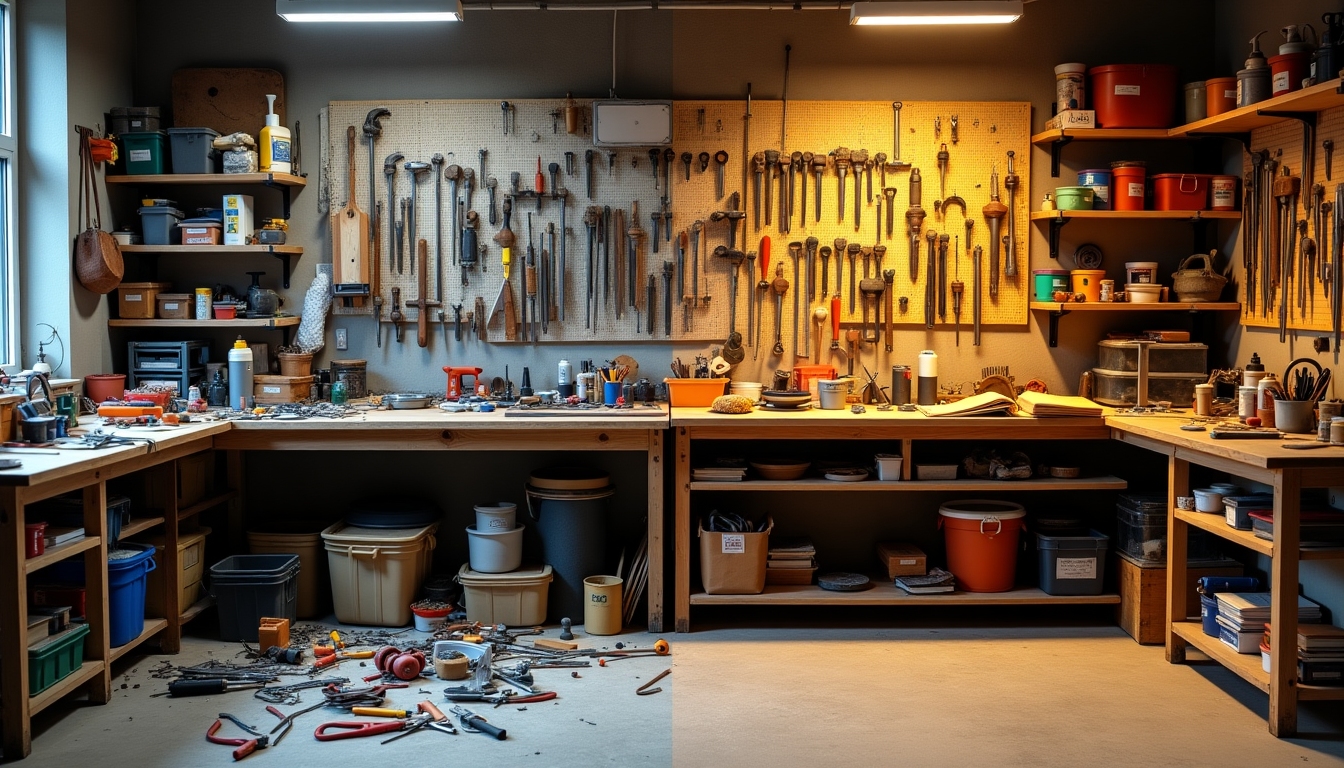
Space Optimization: Making Every Inch Count
Start by planning your workshop layout. Think about how you work. Do you cut wood, then sand, then assemble? Arrange your tools and stations to follow that flow. Keep your saw near the wood pile and your screws close to the assembly area. This cuts down on wasted steps.
Storage is your best friend here. Pegboards work great for hanging hammers, screwdrivers, and pliers. Shelves hold bins of nails or paint cans. A tool chest with drawers keeps small bits organized. Don’t ignore the walls—mount racks for pipes or lumber. I once doubled my floor space just by going vertical with storage.
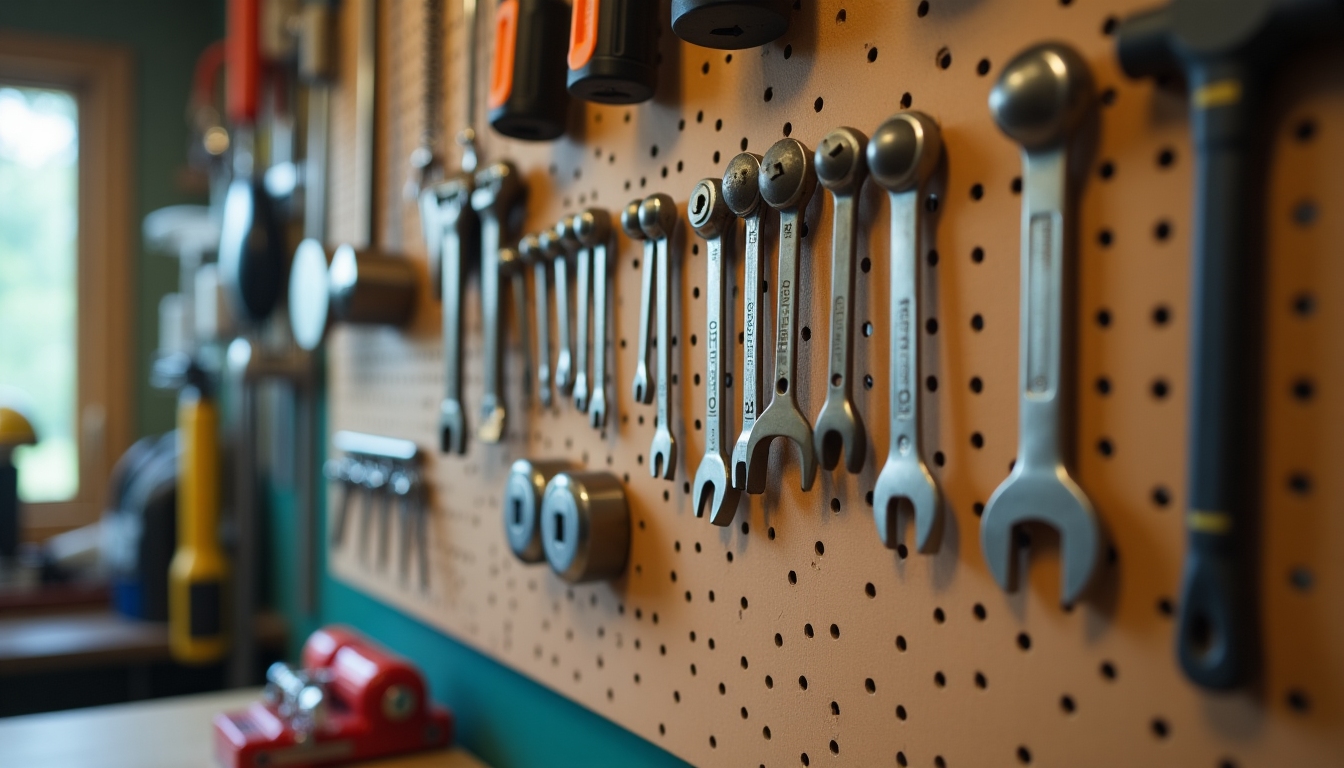
Declutter regularly. Toss broken tools or donate extras you haven’t touched in years. Give every item a home. When I started doing this, I stopped losing my favorite screwdriver under piles of junk. A clean space saves time and keeps you focused.
Efficiency Enhancement: Work Smarter, Not Harder
Group your tools by what they do. Keep woodworking stuff in one corner and electrical gear in another. This stops you from running around looking for things. I learned this the hard way after spending an hour hunting for a drill bit in a messy drawer.
Put your go-to tools—like screwdrivers or tape measures—right where you can grab them. A tool belt or a rolling cart works wonders if you move around a lot. Labeling helps too. Stick a label on every drawer or bin. I even color-code mine—red for cutting tools, blue for fasteners. It’s a game-changer.
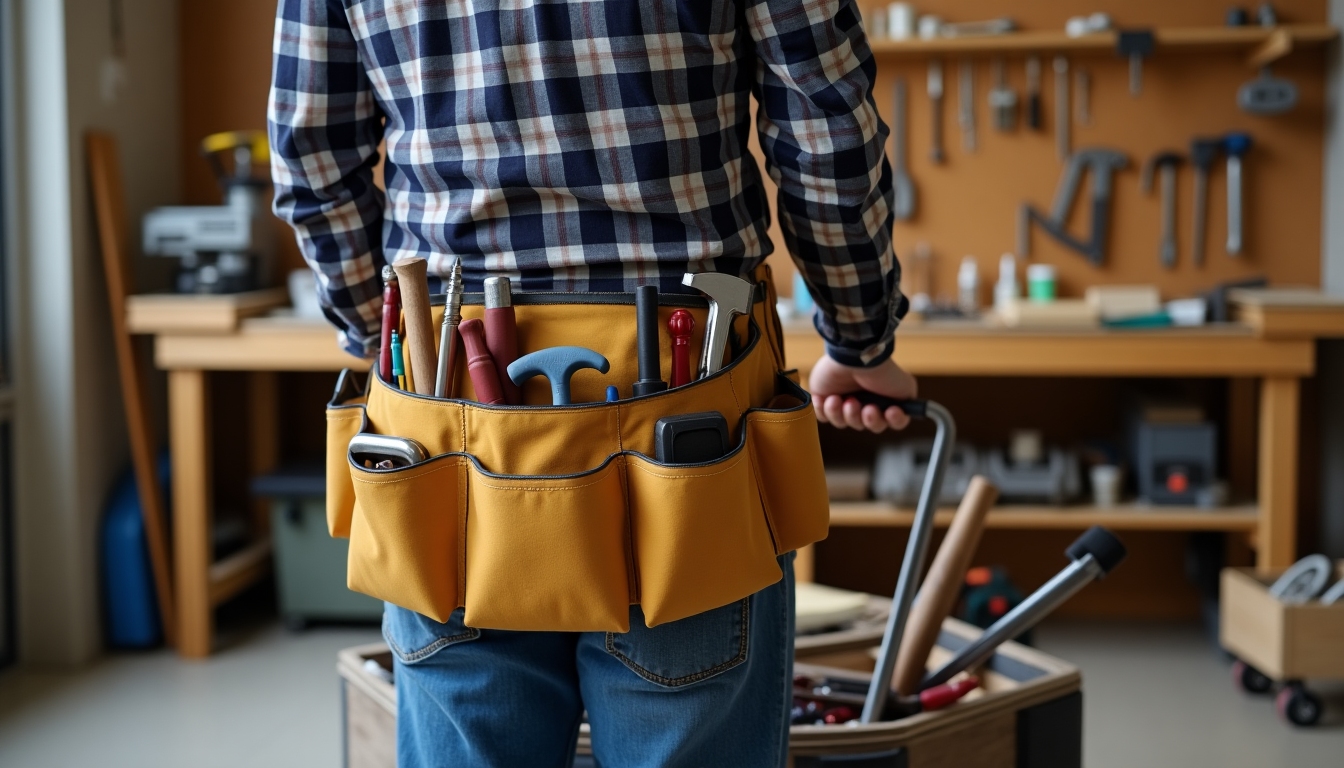
The Best Way to Store Power Tools
Power tools can eat up space and money, so store them right. Wall racks are perfect for drills, grinders, and jigsaws. Build a custom cabinet for big stuff like a table saw—add shelves inside for blades or cords. I made one last year, and it’s kept my saw dust-free and ready to roll.
If you shift tools around, try a portable cart. Just make sure everything stays dry and locked up. Dampness ruined a drill of mine once—lesson learned. Good storage protects your gear and keeps your workshop tidy.
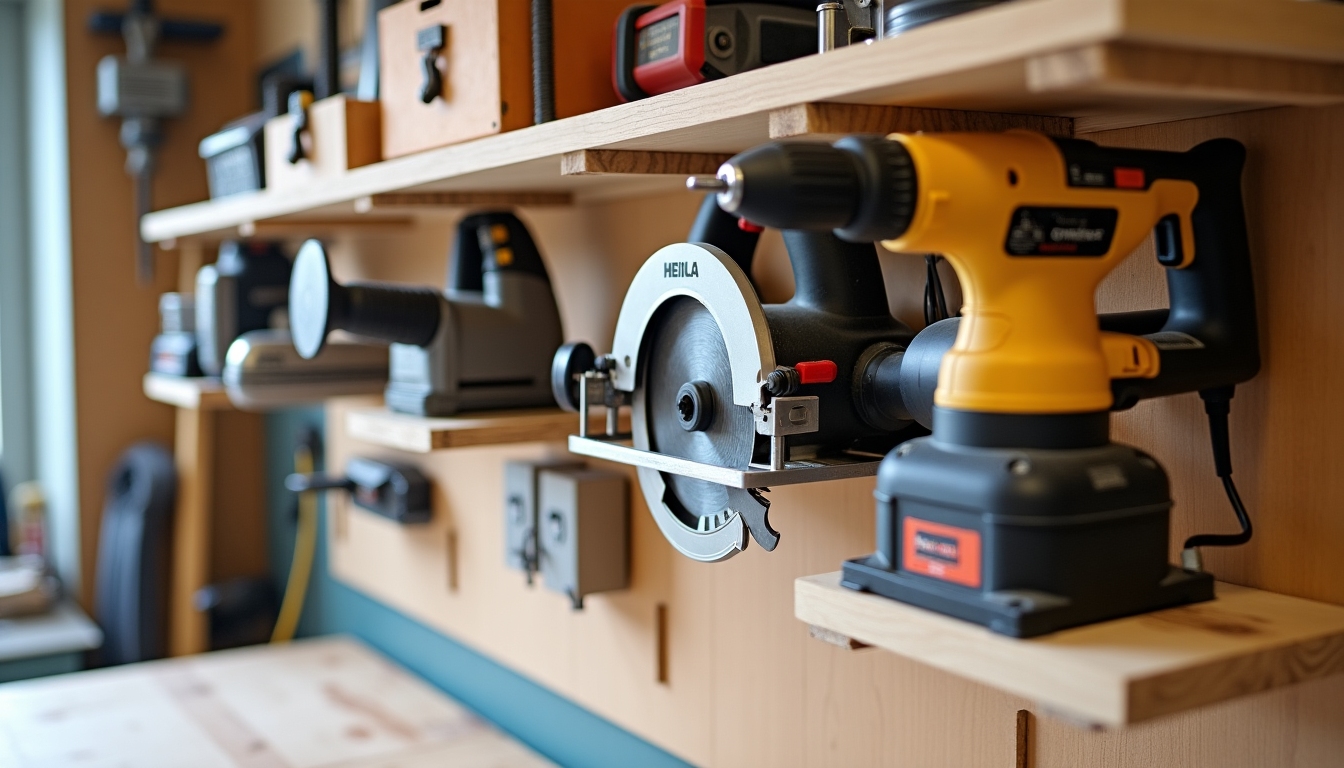
Here’s a quick storage idea list: - Wall Racks: Drills, saws, sanders - Cabinets: Large tools, accessories - Carts: Mobile projects - Pegboards: Small power tools Pick what fits your space and habits.
Tool Maintenance: Tips for Longevity
Take care of your tools, and they’ll take care of you. Wipe them down after use to get rid of sawdust or grease. Store them somewhere dry—rust is a killer. Check them now and then for wear. A dull blade or a loose handle can slow you down or hurt you.
Screwdrivers need love too. Keep their tips sharp and clean. Don’t use them to pry stuff open—I wrecked a good one that way. Hang them on a rack or slot them in a holder so the tips don’t bang around. This guide from Stanley Tools has solid maintenance tips if you want more details.
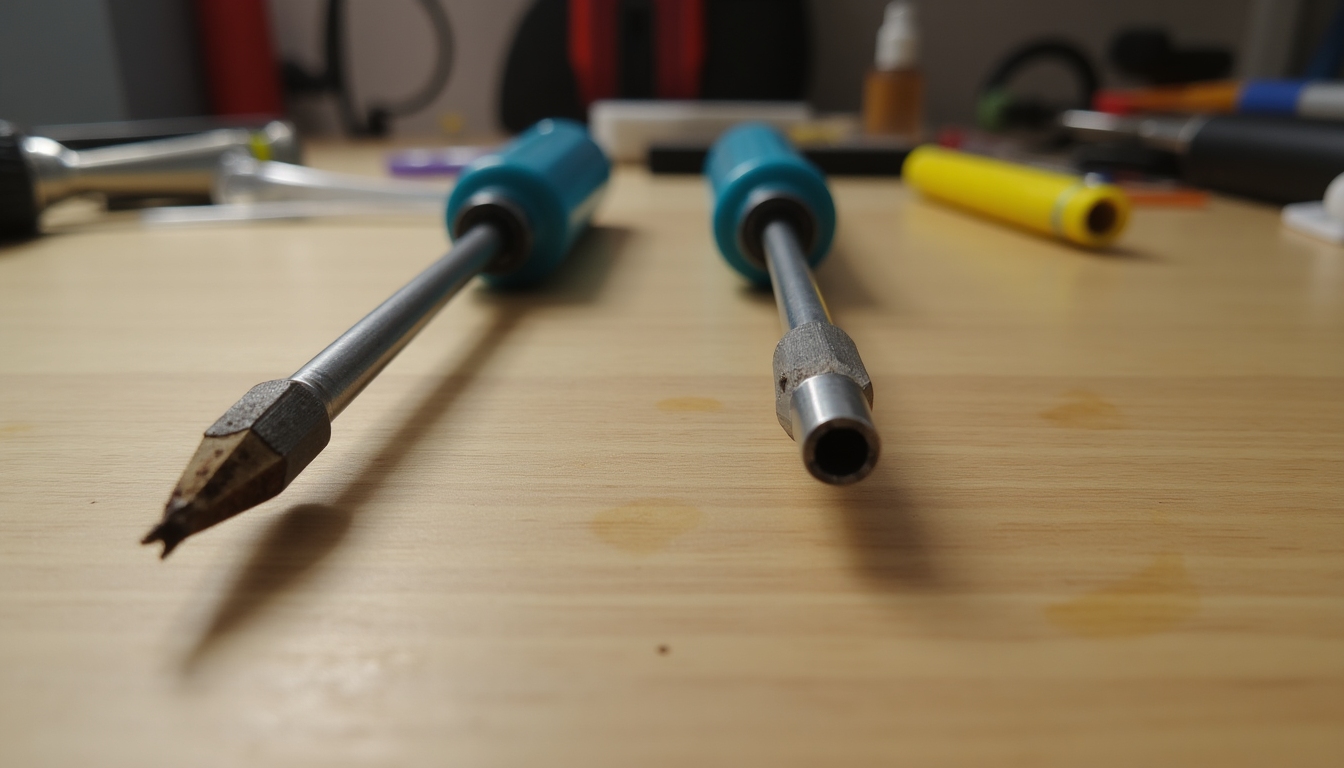
Screwdriver Safety Tips
Safety matters, especially with everyday tools like screwdrivers. Match the screwdriver to the screw—using a too-small Phillips on a big screw can slip and stab your hand. I’ve got a scar to prove it. Wear safety glasses and gloves to shield yourself from flying bits or slips.
If you’re near power tools or outlets, watch out for electrical risks. Check cords for frays and never work in water. Unplug everything before swapping bits. The Occupational Safety and Health Administration (OSHA) has great advice on staying safe—worth a read.
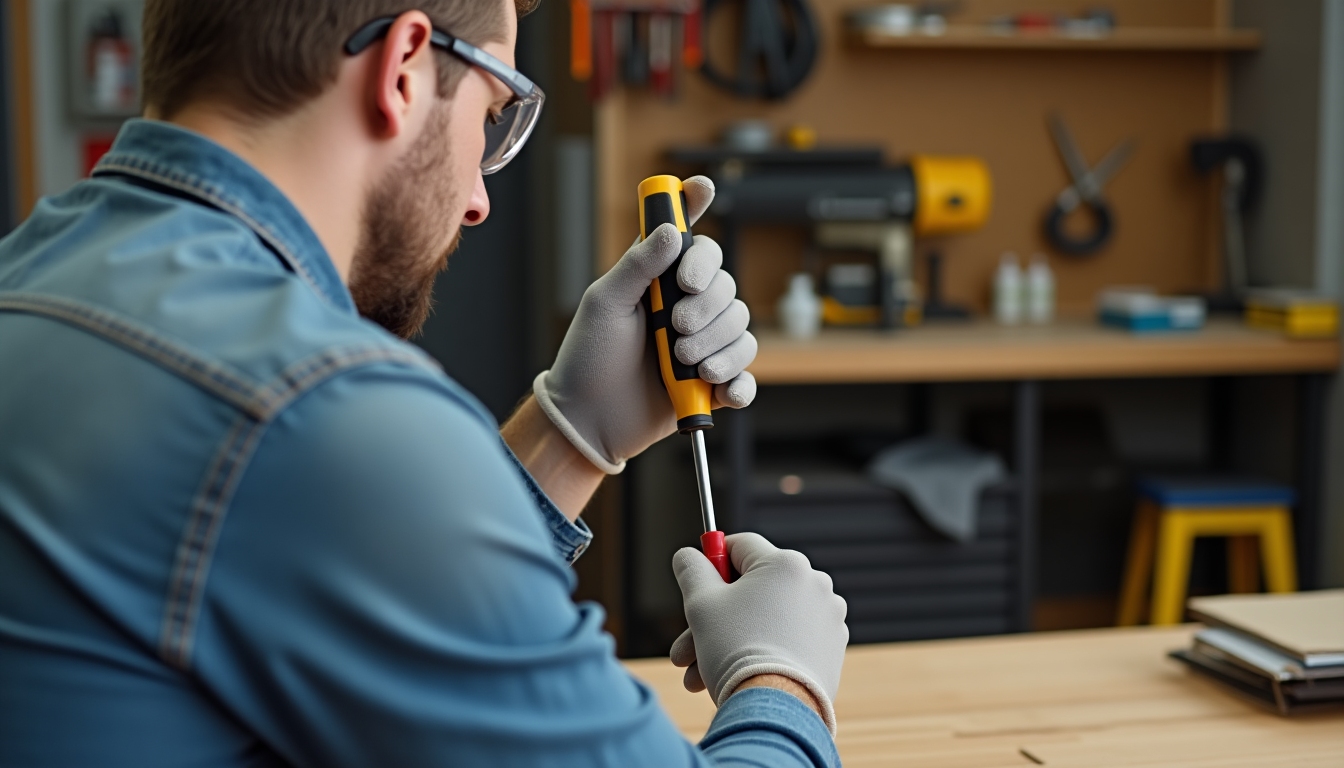
Here’s a safety checklist: 1. Use the right screwdriver size and type. 2. Wear glasses and gloves. 3. Keep your workspace dry. 4. Disconnect power before adjustments. Follow these, and you’ll avoid most trouble.
A Personal Take: Why It Works
I used to dread starting projects in my cluttered workshop. Tools were buried, and I’d trip over junk. Then I spent a weekend organizing—built racks, sorted drawers, tossed trash. Now, I finish projects faster and actually enjoy the process. A little effort upfront pays off big time.
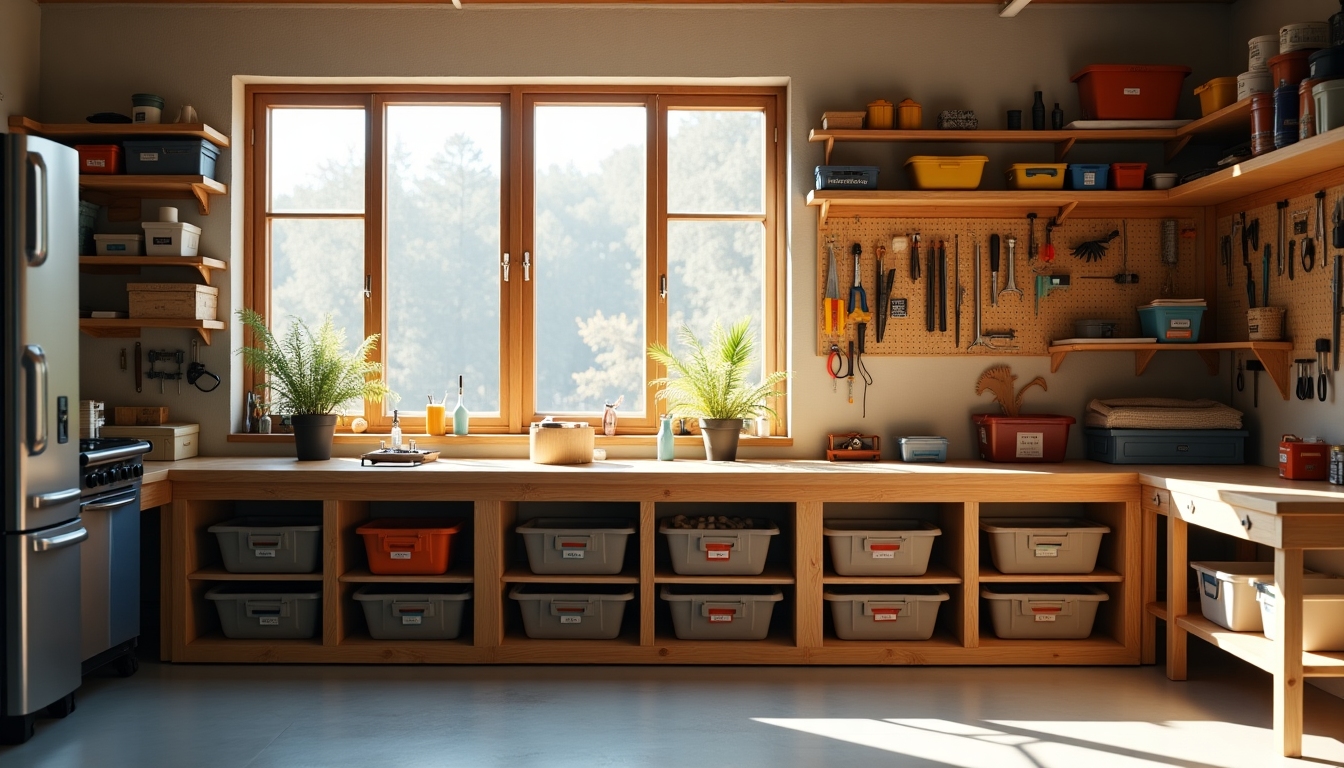
Summary
Organizing your workshop isn’t a one-time fix—it’s a habit. Focus on maximizing space and efficiency, and you’ll build a space that sparks creativity and gets work done. Store your power tools smartly, maintain them well, and stay safe with screwdrivers. Your workshop will thank you with every smooth project.
Related Organizing Your Workshop: Maximizing Space and Efficiency:
- 10 Clever Workshop Storage Ideas: Organize Your Workshop Efficiently
- Choosing the Best Power Tools for Home Projects: A Comprehensive Guide
- Advanced Safety Techniques for Experienced Metalworkers
- Innovative Workman Tools in 2024: A Game Changer for Workshops
- Tool Maintenance Tips for Mechanics: Keeping Your Tools in Top Shape
- How to Organize Your Tool Collection for Maximum Efficiency
- Safety First: Essential Gear for Workman Tool Users
- Mastering Complex Projects: A Guide to Advanced Workman Tools
- The Future of Woodworking Tools: Safety and Innovation
- 5 Common Mistakes with Power Tools and How to Avoid Them
- Best Cordless Drills for Every Budget: A Comprehensive Guide
- The Ultimate Guide to Specialized Workman Tools for Metalwork
